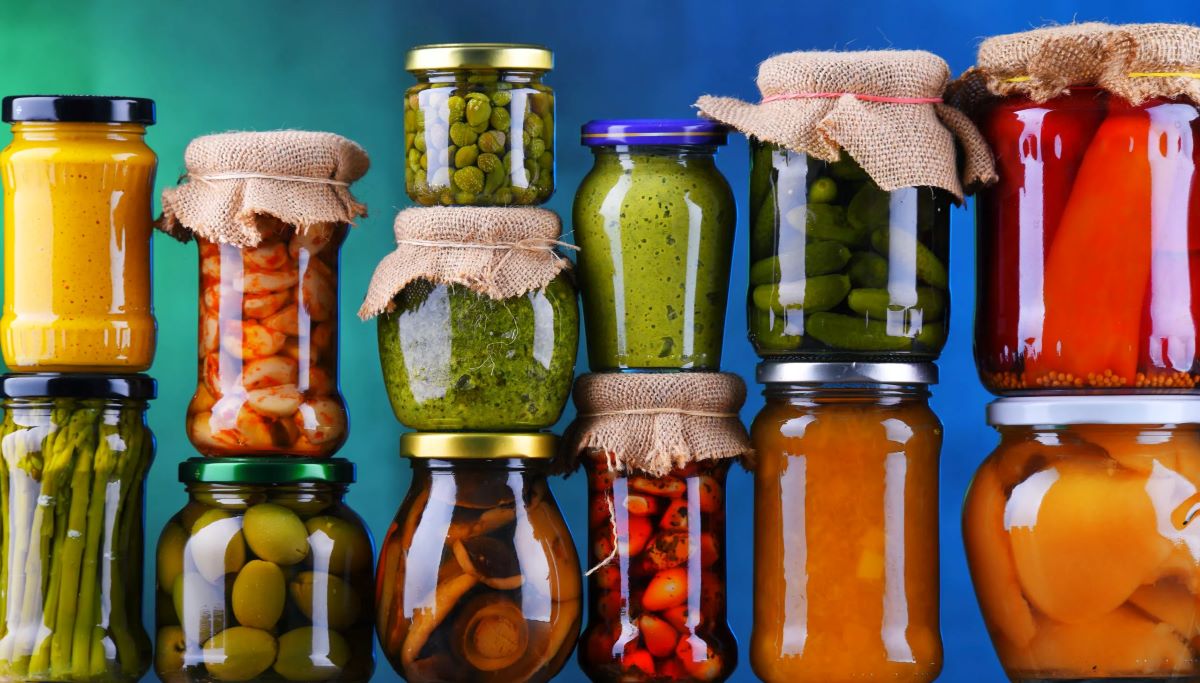

Articles
How To Store Home Canned Food
Modified: December 7, 2023
Learn effective ways to store home-canned food with our informative articles. Find helpful tips and techniques to keep your canned goods fresh and safe for longer periods.
(Many of the links in this article redirect to a specific reviewed product. Your purchase of these products through affiliate links helps to generate commission for Storables.com, at no extra cost. Learn more)
Introduction
Home canning is a popular method of preserving food that allows you to enjoy the flavors of fruits, vegetables, and other perishable items long after their harvest season. Whether you’re a seasoned canner or just starting out, it’s important to know how to store your home canned food properly to maintain its quality, flavor, and safety.
Proper storage of home canned food is essential to ensure that it remains safe to eat and retains its nutritional value. In this article, we will explore the safety guidelines, best practices, and ideal storage conditions for home canned food. We will also discuss how to choose the right containers, prepare jars for storage, and properly label your preserved goods.
So, let’s dive in and learn how to store your home canned food effectively and keep it fresh for an extended period of time.
Key Takeaways:
- Properly storing home canned food is essential for preserving its quality, flavor, and safety. Follow safety guidelines, best practices, and ideal storage conditions to ensure long-lasting, delicious preserved goods.
- Choose the right containers, prepare jars properly, and label each jar accurately to maintain organization and easy identification of contents. Be aware of foods that should not be canned at home to ensure safety.
Read more: How To Store Canned Tuna
Safety Guidelines for Home Canned Food Storage
When it comes to storing home canned food, ensuring safety should be your top priority. Improper storage can lead to the growth of harmful bacteria, spoilage, and loss of flavor and texture. Here are some important safety guidelines to follow:
- Check for proper seal: Before storing your home canned food, make sure to check that the lids are properly sealed. Press down on the center of the lid; if it doesn’t move or make a popping sound, the seal is intact.
- Store in a cool and dark place: Heat and light can accelerate the deterioration of the food and can compromise its quality. Find a cool and dark area in your pantry, basement, or cupboard to store your canned goods.
- Avoid extreme temperatures: Fluctuations in temperature can cause the jars to expand and contract, leading to potential breakage or compromised seals. Avoid storing your canned food in areas with extreme heat or cold, such as next to a stove or in a freezing basement.
- Rotate your stock: To ensure that your canned goods are consumed before their recommended expiration dates, practice a first-in, first-out (FIFO) system. Place newly canned items behind older items so that you use the oldest jars first.
- Inspect for signs of spoilage: Before consuming any home canned food, inspect it for any signs of spoilage, such as bulging lids, off odors, or mold growth. If you notice any abnormalities, discard the jar immediately.
- Avoid stacking jars: While it may be tempting to stack your canned goods to save space, it’s best to store them in a single layer. Stacking jars can increase the risk of breakage or damage to the jars and compromise the seal integrity.
By following these safety guidelines, you can ensure that your home canned food remains safe to eat and provides you with delicious and nutritious meals for months to come.
Best Practices for Storing Home Canned Food
Storing home canned food properly is key to maintaining its quality and flavor. Here are some best practices to follow:
- Allow jars to cool completely: After the canning process, it’s crucial to let the jars cool completely before storing them. This allows for proper sealing and helps prevent any potential bacterial growth.
- Remove the bands: Once the jars are cooled and sealed, remove the bands. The bands can rust over time and make it difficult to detect if a seal has been compromised. Removing them also allows for better air circulation around the jars.
- Wipe down jars: Before storing, wipe down the jars with a clean, damp cloth to remove any food residue. This helps prevent the growth of molds or bacteria on the outside of the jars.
- Avoid direct contact with metal: When storing your home canned food, make sure the jars are not in direct contact with metal surfaces. Metal can react with the food and cause discoloration or off-flavors.
- Keep jars upright: Store your canned goods in an upright position to prevent liquid from pooling around the lids. This reduces the risk of the seal being compromised and prolongs the shelf life of the food.
- Use airtight containers for opened jars: If you have opened a jar of home canned food but haven’t finished it, transfer the remaining contents to an airtight container and store it in the refrigerator. Home canned food is best consumed within a few days after opening, and using an airtight container helps maintain its freshness.
- Rotate your storage: While home canned food can be stored for an extended period, it’s a good practice to rotate your stock. Aim to consume the oldest jars first to maintain the best quality and flavor.
By following these best practices, you can ensure that your home canned food stays fresh, safe, and enjoyable for months and even years to come. Proper storage techniques will help you preserve the flavors and nutrients of your canned goods, providing you with delicious meals throughout the year.
Choosing the Right Containers for Storage
When it comes to storing home canned food, choosing the right containers is crucial for maintaining its quality and safety. Here are some factors to consider when selecting containers for storage:
- Glass jars with two-piece lids: Glass jars are the most commonly used containers for home canned food. Opt for jars specifically designed for canning, as they are made to withstand high temperatures and pressure changes during the canning process. Two-piece lids, consisting of a flat lid and a screw-on band, create a proper seal to keep food fresh and safe.
- Avoid reusing commercial jars: While it may be tempting to reuse jars from store-bought products, it’s best to avoid doing so. These jars may not be designed for canning and may not create a proper seal, increasing the risk of spoilage.
- Check for damage: Before using any jars for canning, inspect them for cracks, chips, or nicks. Damaged jars can compromise the seal and lead to spoilage. Discard any jars that show signs of damage.
- Mason jars: Mason jars are a popular choice for home canning due to their durability and availability in various sizes. They come with a wide-mouth option, making filling and emptying the jars easier. Make sure to use new lids for each canning session to ensure a proper seal.
- Plastic freezer containers: Plastic containers can be used for storing home canned food as an alternative to glass jars. Look for food-grade plastic containers that are specifically labeled as freezer-safe to ensure they can withstand the freezing temperatures without compromising the food’s quality.
- Consider canning bags: Canning bags, made from food-safe materials, are another option for storing home canned food. These bags are convenient for storing soups, sauces, and other liquid-based foods. They are freezer-safe and take up less space than jars or containers.
- Label the containers: No matter what type of container you choose for storing home canned food, it’s important to label each container with its contents and date of canning. This helps you keep track of the rotation and ensures you use the oldest jars first.
By choosing the right containers for home canned food storage and properly sealing them, you can ensure that your preserved goods remain fresh, safe, and enjoyable for a long time. Remember to follow the guidelines provided by the USDA or other reputable sources when selecting containers for specific types of food.
Preparing Jars for Storage
Before storing your home canned food, it’s essential to properly prepare the jars to ensure the preservation of your food and maintain its quality. Follow these steps to prepare your jars for storage:
- Inspect jars for damage: Before using the jars, inspect them for any cracks, chips, or nicks. Damaged jars can compromise the seal and lead to spoilage. Discard any jars that show signs of damage.
- Remove residual food: Make sure the jars are thoroughly cleaned and free from any residual food. Wash them in hot, soapy water and rinse well to remove any traces of food particles.
- Sanitize the jars: To ensure a clean and bacteria-free environment, sanitize the jars before use. You can do this by placing the clean jars in a large pot, covering them with water, and bringing it to a boil. Let them boil for 10 minutes, then carefully remove and place them on a clean towel to air dry.
- Inspect jar lids: Inspect the jar lids to ensure they are in good condition. Discard any lids that are rusted or bent, as they may not create a proper seal.
- Prepare the lids and bands: If you’re using two-piece metal lids, place the lids in a small saucepan with water and bring it to a simmer, but not a boil. Keep them simmering until ready for use. The bands do not need to be heated, but should be clean and free from any residues.
- Fill jars with prepared food: Carefully fill the prepared jars with your home canned food, leaving the recommended headspace as specified in your canning recipe. Wipe the rims of the jars with a clean, damp cloth to remove any food or liquid that could interfere with the seal.
- Apply lids and bands: Place a lid on each jar, making sure it sits flat on the rim. Then, secure the lids with the bands, ensuring they are tightened just enough to hold the lids in place but not overly tight.
By properly preparing your jars for storage, you can ensure that your home canned food remains safe, fresh, and of high quality. Following these steps will help preserve the flavors and nutrients of your canned goods for an extended period. Remember to consult trusted canning resources for specific instructions based on the type of food you are canning.
Store home canned food in a cool, dark, and dry place to maintain quality and safety. Avoid areas with temperature fluctuations or direct sunlight. Check the seals regularly for any signs of spoilage.
Read more: How To Store Canned Beans
Properly Labeling Home Canned Food
One important step in storing home canned food is properly labeling each jar. Clear and accurate labeling not only helps you easily identify the contents of each jar, but it also ensures that you use the oldest jars first. Here are some tips for properly labeling your home canned food:
- Include essential information: When labeling your jars, make sure to include essential information such as the name of the food, the date it was canned, and any additional details like the type of syrup used or special ingredients included.
- Use waterproof labels: Opt for labels that are waterproof and can withstand the moisture in your storage area. This helps prevent smudging or fading, ensuring that the labels remain legible over time.
- Label on the lid and the side: It’s a good practice to label both the lid and the side of the jar. Labels on the lids are easily visible when the jars are stacked, while labels on the sides are visible when the jars are stored upright.
- Consider color-coding: If you’re canning a variety of fruits and vegetables, consider using different colored labels or markers to easily distinguish between them. This can be especially helpful if you have a large collection of home canned food.
- Indicate any special instructions: If there are specific instructions or recommendations for using the canned food, such as a recommended cooking method or a suggested serving size, make sure to include them on the label.
- Store labels away from light: To avoid the labels fading or becoming unreadable over time, store the labeled jars away from direct sunlight or other sources of light.
- Update labels when necessary: If you use a jar for storing a different type of food or if you replenish the jar with a new batch of the same food, make sure to update the label with the current information.
By properly labeling your home canned food, you can easily keep track of the contents and ensure a well-organized pantry. Clear and accurate labeling allows you to enjoy your preserved goods at their best quality while minimizing waste. Invest a little time in labeling each jar, and you’ll be rewarded with a well-maintained and easily accessible supply of food.
Ideal Storage Conditions for Home Canned Food
Creating the ideal storage conditions for your home canned food is crucial for maintaining its quality, flavor, and safety. Here are some key factors to consider when determining the best storage conditions:
- Temperature: Home canned food should be stored in an area with a consistent and cool temperature. The ideal temperature range for storage is between 50°F (10°C) and 70°F (21°C). Avoid storing canned food in areas that are subject to extreme temperatures or temperature fluctuations, such as near heating vents, stoves, or windows.
- Darkness: Exposure to light can cause the breakdown of nutrients and lead to discoloration or off-flavors in home canned food. Therefore, it’s essential to store your preserved goods in a cool, dark place, such as a pantry or cupboard. If the storage area is not completely dark, consider using opaque containers or covering the jars with a cloth or towel to protect them from light exposure.
- Air circulation: Proper air circulation is important for preventing the buildup of moisture and reducing the risk of mold or bacterial growth. Avoid overcrowding your storage area and leave some space between jars to allow for adequate airflow.
- Humidity: While it’s important to maintain a certain level of moisture in the storage area, excessive humidity can promote the growth of molds and compromise the quality of the canned food. Aim for a moderate humidity level between 50% and 70%, which is suitable for most home canned goods.
- Location: Choose a designated area in your home for storing home canned food where the temperature and humidity levels can be controlled. Avoid storing canned food in basements or other areas prone to dampness or temperature fluctuations.
- Organization: Proper organization of your canned goods is vital for maintaining inventory control and using the oldest jars first. Arrange the jars in a single layer, avoiding stacking them to prevent any damage or compromised seals.
- Regular inspections: Regularly inspect your stored home canned food for any signs of spoilage, such as bulging lids, off-odors, or mold growth. Discard any jars that show signs of spoilage to ensure the safety of the remaining canned goods.
By creating the ideal storage conditions, you can extend the shelf life of your home canned food and enjoy the flavors and nutrients of your preserved goods for a longer period. Taking the time to provide proper storage conditions demonstrates your commitment to food safety and ensures that your home canning efforts are well-preserved.
Foods That Should Not Be Canned at Home
While home canning is a great way to preserve a variety of foods, there are certain items that should not be canned at home due to safety concerns. It’s important to be aware of these foods to ensure the health and well-being of you and your family. Here are some examples of foods that should not be canned at home:
- Dairy products: Dairy products, such as milk, cheese, butter, and yogurt, should not be canned at home. Canning does not provide sufficient heat to destroy harmful bacteria and toxins that can grow in dairy products, making them unsafe for long-term storage.
- Low-acid vegetables: Low-acid vegetables like carrots, green beans, corn, peas, and potatoes require a pressure canner for safe processing. These vegetables have a pH level that is not acidic enough to prevent the growth of harmful bacteria, such as Clostridium botulinum, which can lead to botulism.
- Meats and poultry: Meats and poultry, including chicken, beef, pork, and fish, should not be canned at home unless using a pressure canner. These protein-rich foods have a low acidity level, making them susceptible to bacterial growth and the risk of botulism.
- Eggs: Canning eggs is not recommended due to the high risk of bacteria growth and the potential for botulism. Eggs can expand during the canning process, leading to cracked jars or compromised seals.
- Thick or dense soups and stews: Soups and stews that are thick or dense, such as cream-based or roux-based soups, should be avoided for home canning. These foods may not heat evenly during the canning process, creating potential food safety risks.
- Fried or breaded foods: Fried or breaded foods, including fried chicken, breaded fish, or breaded vegetables, should not be canned. The texture and quality of these foods can deteriorate during the canning process, resulting in unappetizing and potentially unsafe products.
- Recipes without tested processing times: It’s important to use canning recipes and techniques that have been tested and approved by trusted sources, such as the USDA’s National Center for Home Food Preservation. Avoid canning recipes or methods that don’t have reliable processing times to ensure the safety of your canned goods.
Remember, these foods should not be canned at home due to safety concerns. Follow established guidelines and recipes from reputable sources to ensure that your home canned food is safe to consume. If you have any doubts or questions about canning specific foods, consult reliable resources or seek guidance from extension services or experienced canners in your community.
Frequently Asked Questions (FAQs)
1. Is it safe to eat home canned food?
When canned and stored properly, home canned food is safe to eat. However, it’s important to follow proper canning techniques, adhere to safety guidelines, and inspect the jars for any signs of spoilage before consuming.
2. How long can home canned food be stored?
The shelf life of home canned food varies depending on the type of food, the canning process used, and the storage conditions. In general, most home canned foods can be safely stored for up to one to two years. It’s best to follow recommended guidelines for specific foods.
3. Can I store home canned food in the refrigerator?
Home canned food can be stored in the refrigerator for short-term storage after opening a jar. Once a jar of canned food has been opened, it’s important to transfer any remaining contents to an airtight container and refrigerate it. Consume the refrigerated food within a few days.
4. Can I use recycled jars for home canning?
It is generally recommended to use new jars specifically designed for canning, as they are made to withstand high temperatures and pressure changes. Recycled jars from store-bought products may not create a proper seal and can increase the risk of spoilage.
5. Should I store home canned food in the pantry or the basement?
It is best to store home canned food in a cool, dark place with a consistent temperature. Both pantries and basements can be suitable as long as they meet these criteria. However, avoid damp or excessively warm areas, as they can compromise the quality and safety of the canned goods.
6. What should I do if I find a jar of home canned food with a compromised seal?
If you notice a jar with a compromised seal, such as a bulging lid or signs of mold growth, do not consume its contents. Discard the jar and its contents immediately to avoid the risk of foodborne illnesses.
7. Can I can foods with added sugar or salt?
Yes, you can can foods with added sugar or salt. However, it’s important to follow tested and approved recipes to ensure the correct balance of ingredients and safe canning techniques. Avoid altering the amounts of sugar or salt in canning recipes without consulting reputable sources.
Remember, it’s important to educate yourself about proper canning techniques and safety guidelines to ensure that your home canned food is safe, flavorful, and enjoyable. Consult trusted sources such as the USDA’s National Center for Home Food Preservation or local extension services for further guidance and information.
Read more: How To Store Canned Corn
Conclusion
Properly storing home canned food is crucial for preserving its quality, flavor, and safety. By following safety guidelines, best practices, and ideal storage conditions, you can ensure that your preserved goods remain delicious and safe to consume for an extended period of time.
Remember to choose the right containers for storage, prepare the jars properly, and label each jar accurately to maintain organization and easy identification of the contents. Be aware of foods that should not be canned at home to ensure the health and well-being of you and your loved ones.
By creating the ideal storage conditions, such as maintaining a cool and dark environment with proper air circulation, you can prolong the shelf life of your home canned food and enhance its taste and nutritional value. Regularly inspect your stored food for any signs of spoilage, and follow reputable canning recipes and guidelines for safe canning practices.
With a little effort and attention to detail, you can enjoy the fruits of your canning labor for months and even years to come. The satisfaction of preserving your own food and having a well-stocked pantry filled with homemade goodness is truly rewarding. So, roll up your sleeves, grab those jars, and start preserving the flavors of the seasons!
Frequently Asked Questions about How To Store Home Canned Food
Was this page helpful?
At Storables.com, we guarantee accurate and reliable information. Our content, validated by Expert Board Contributors, is crafted following stringent Editorial Policies. We're committed to providing you with well-researched, expert-backed insights for all your informational needs.
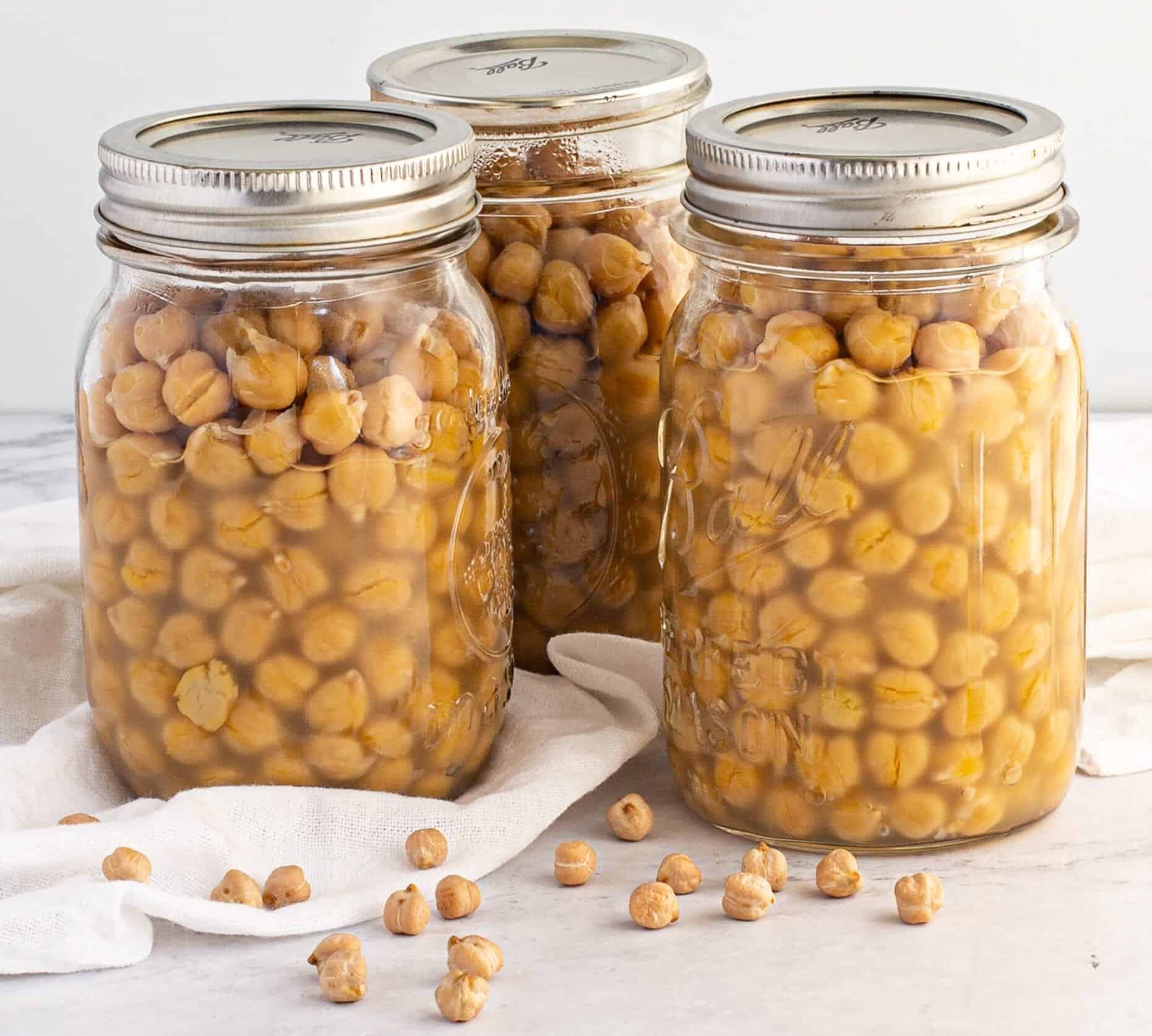
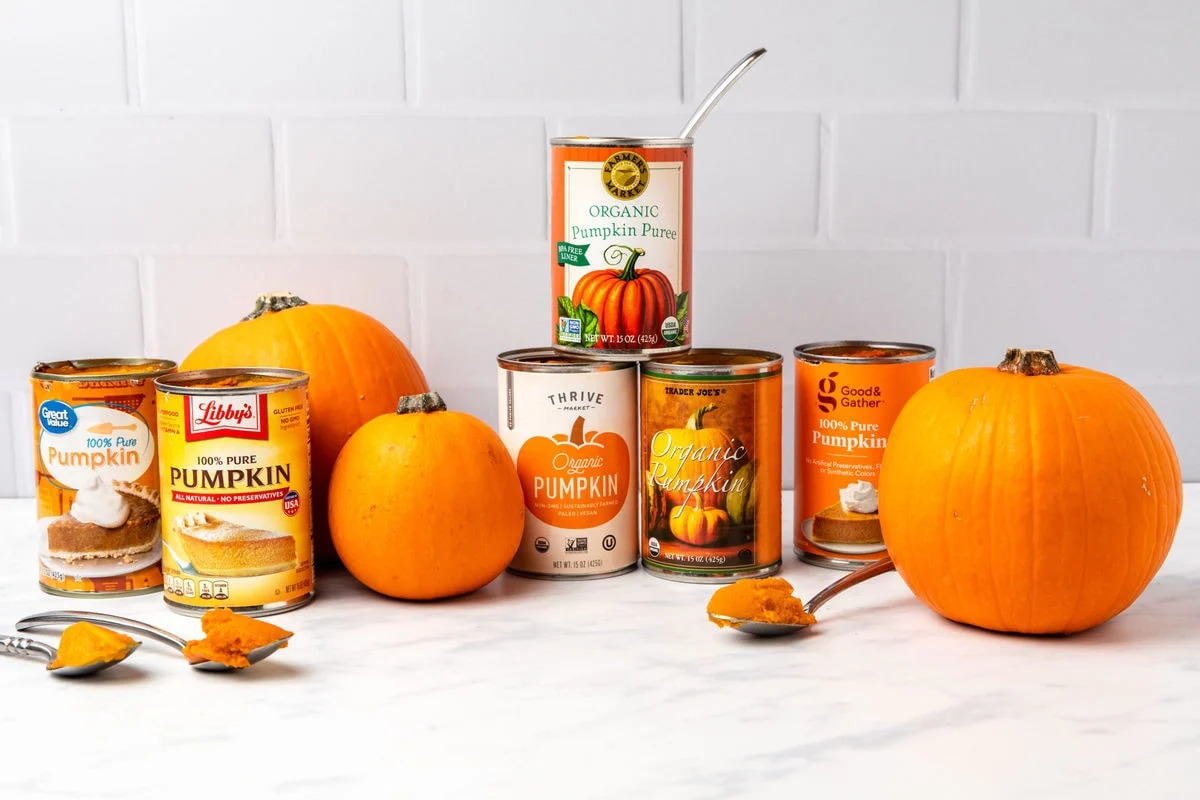
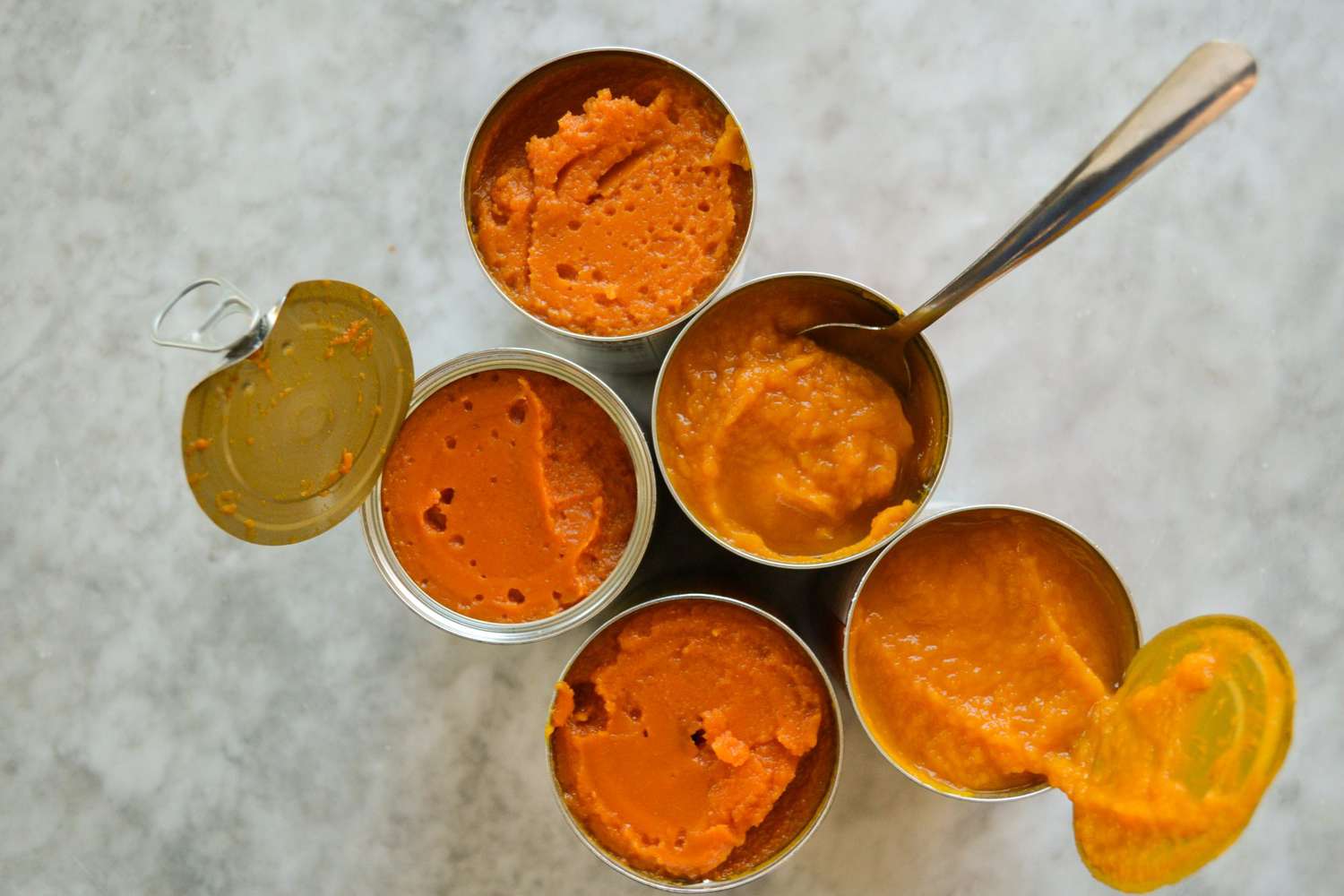
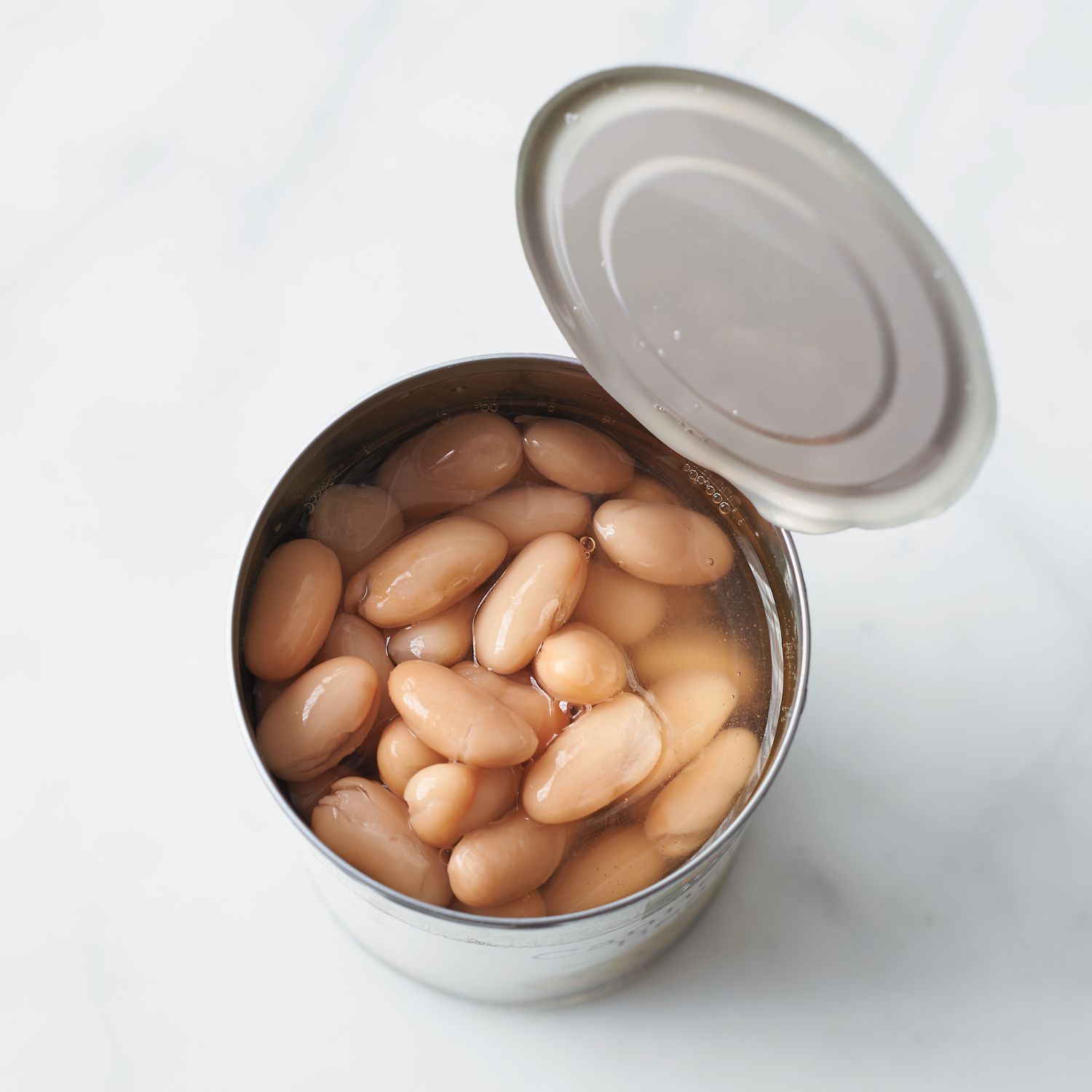
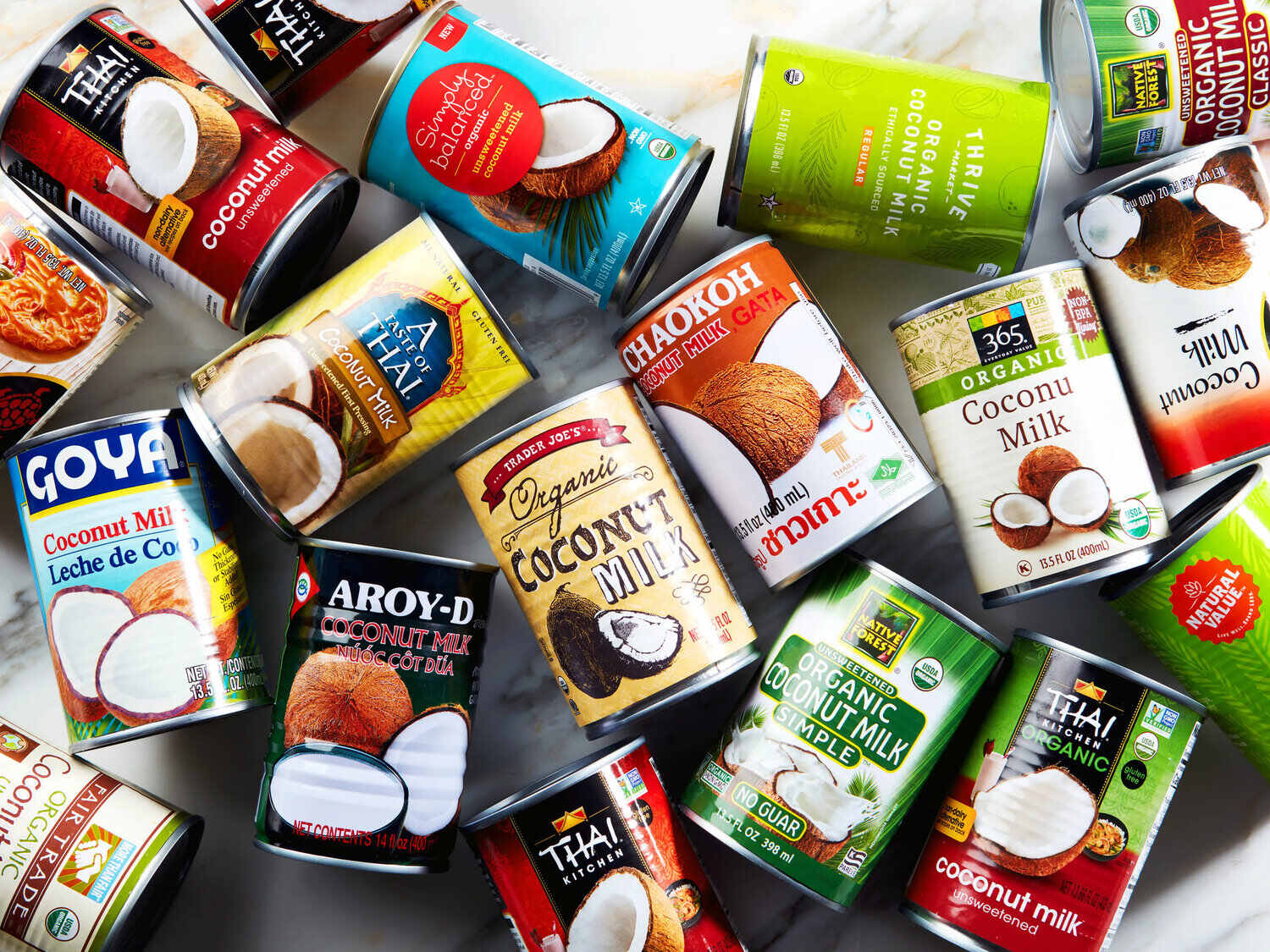
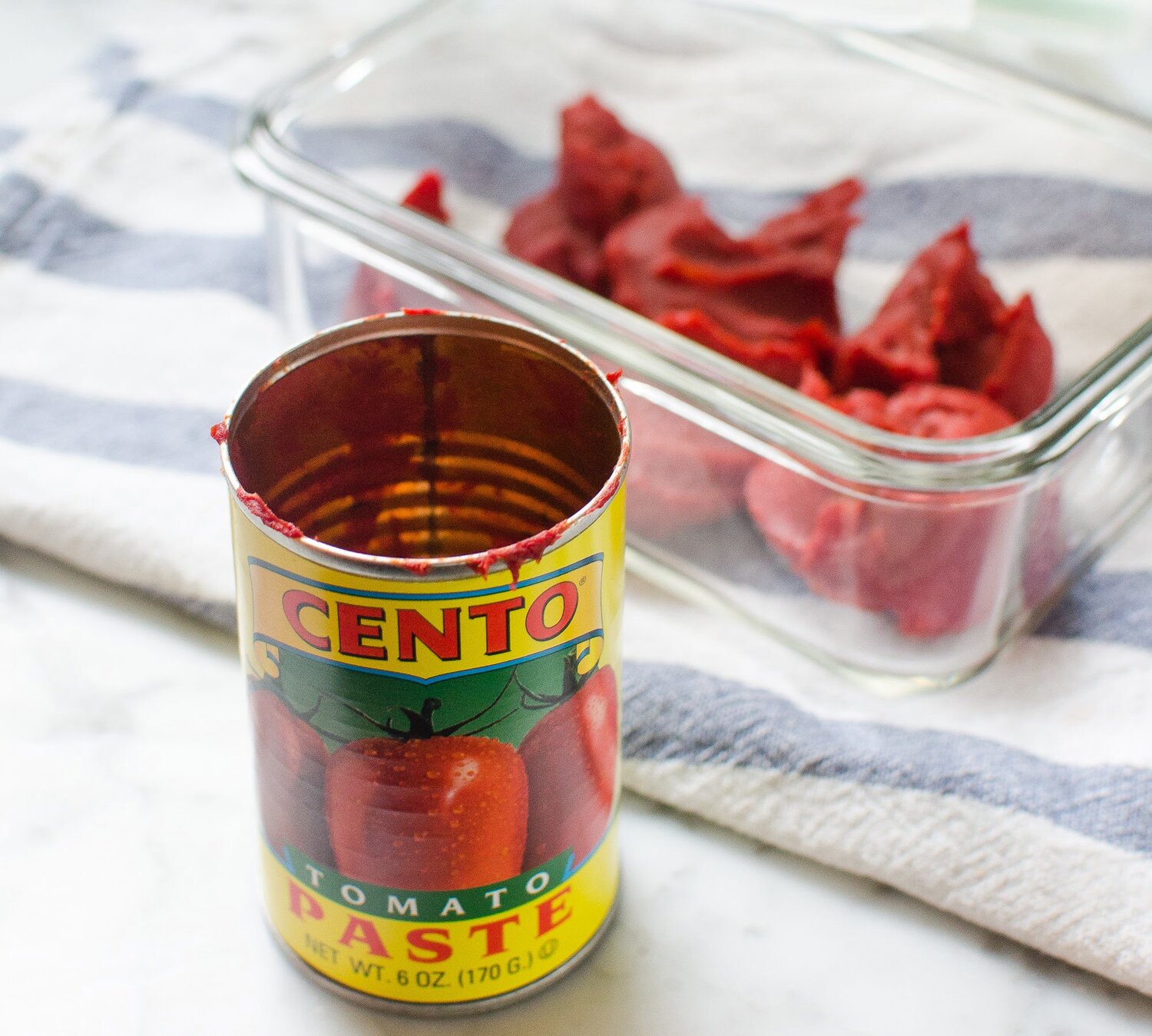
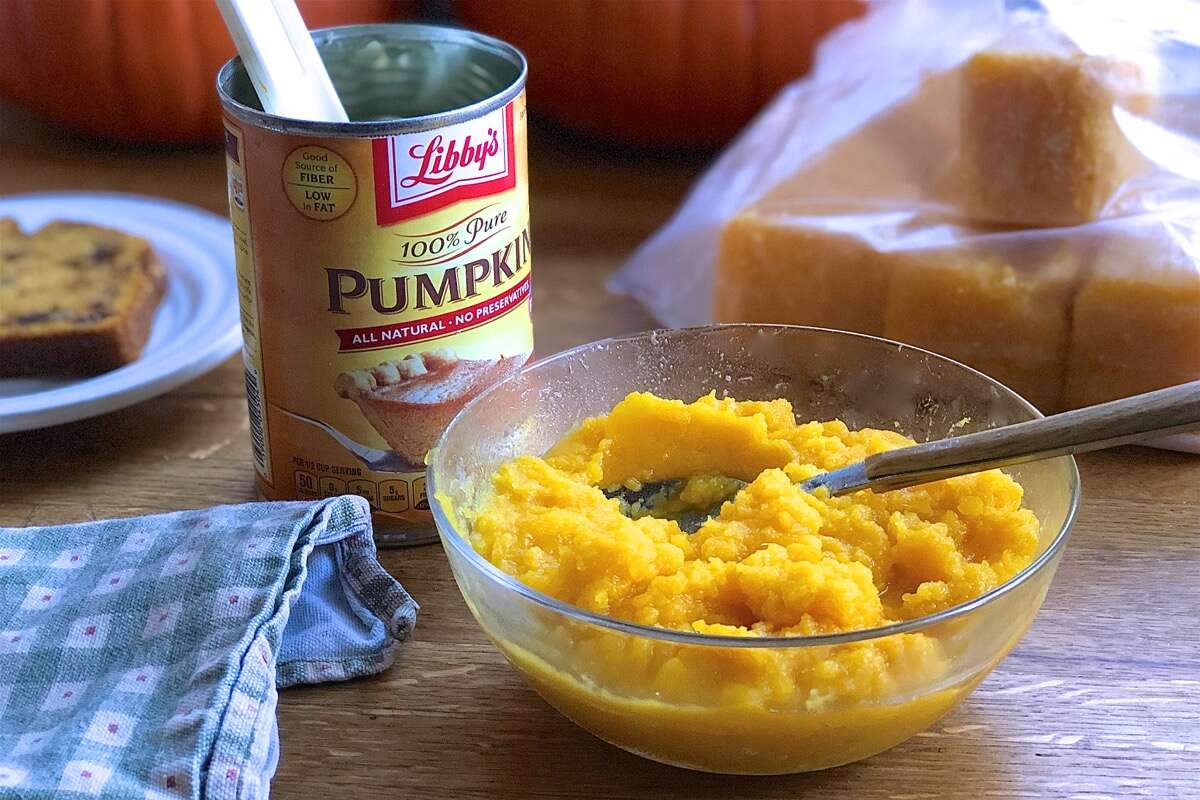
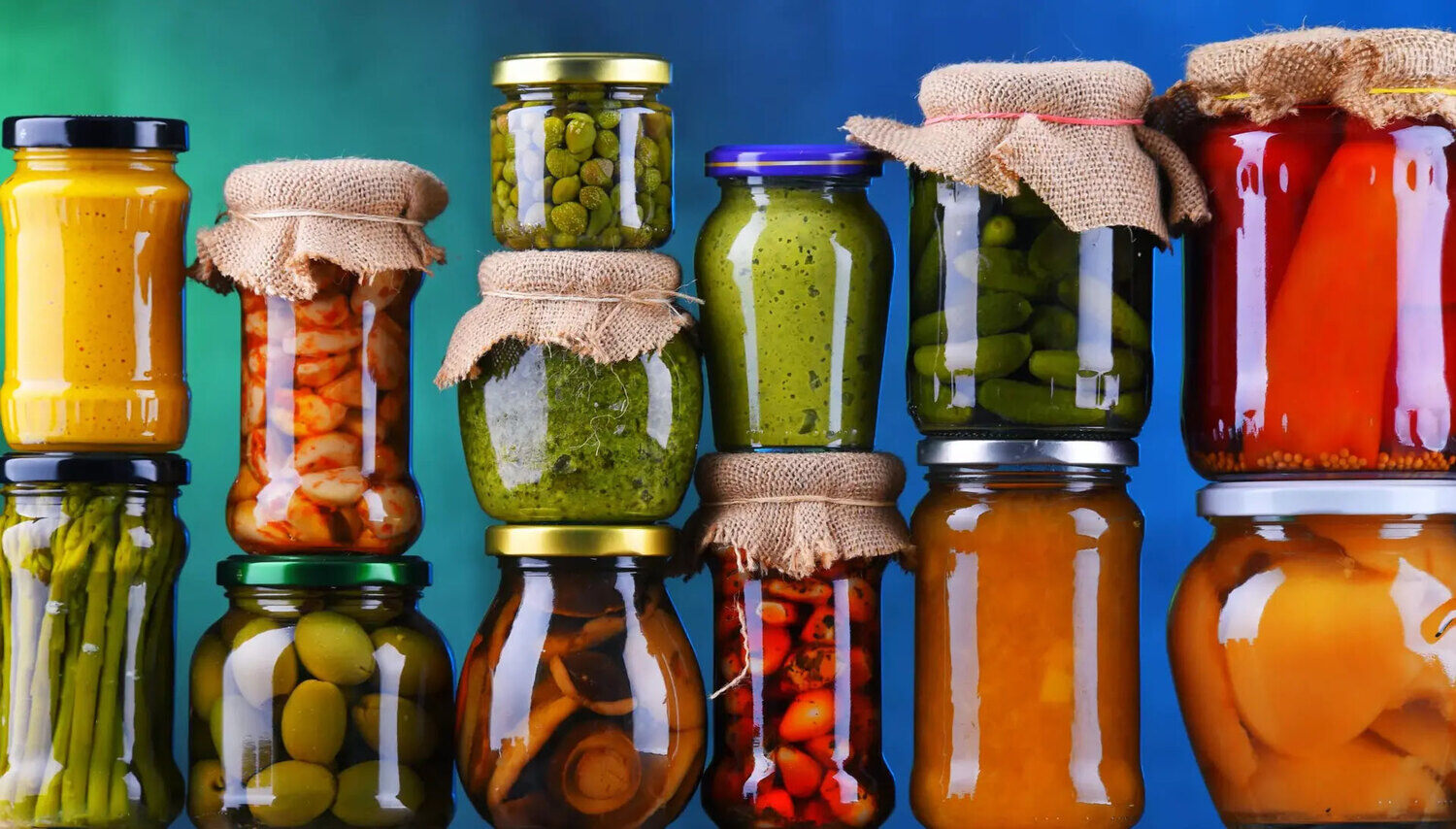
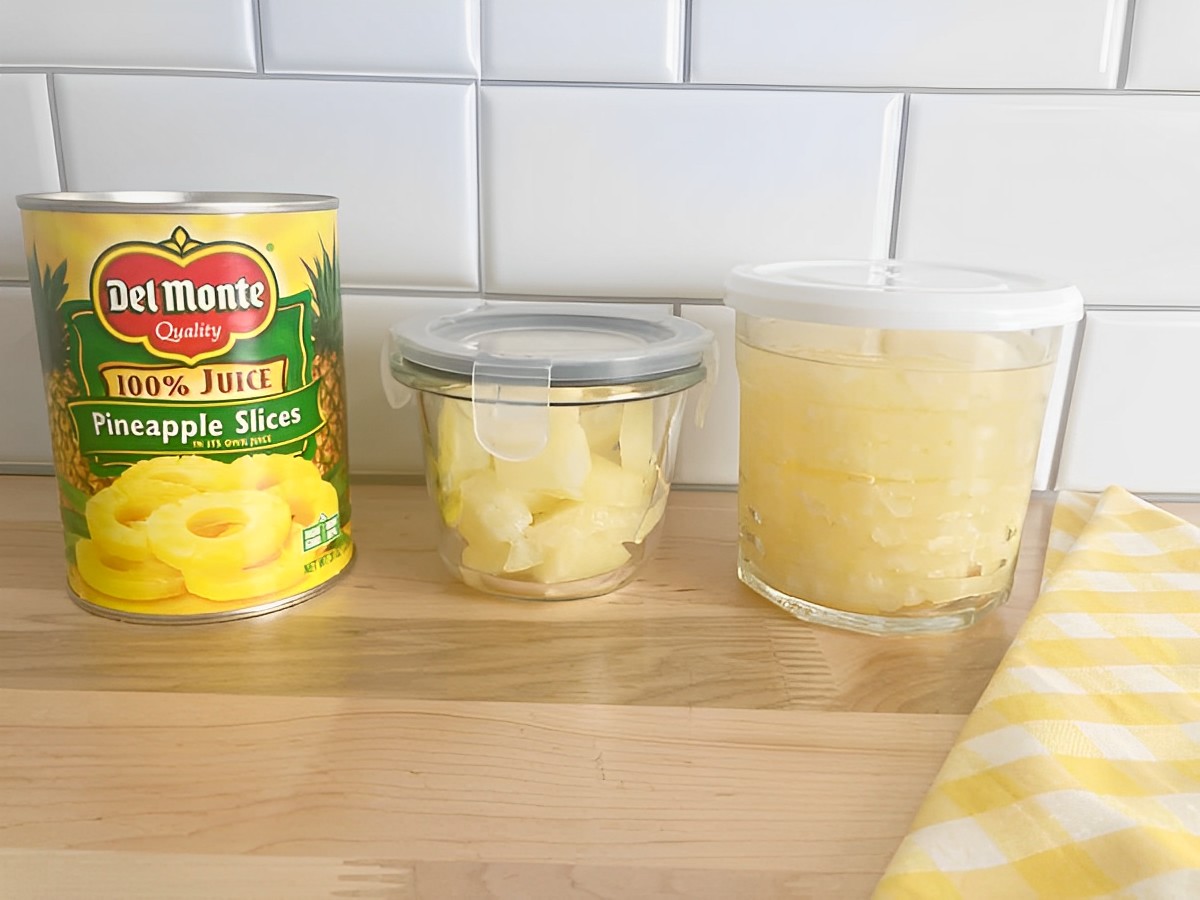
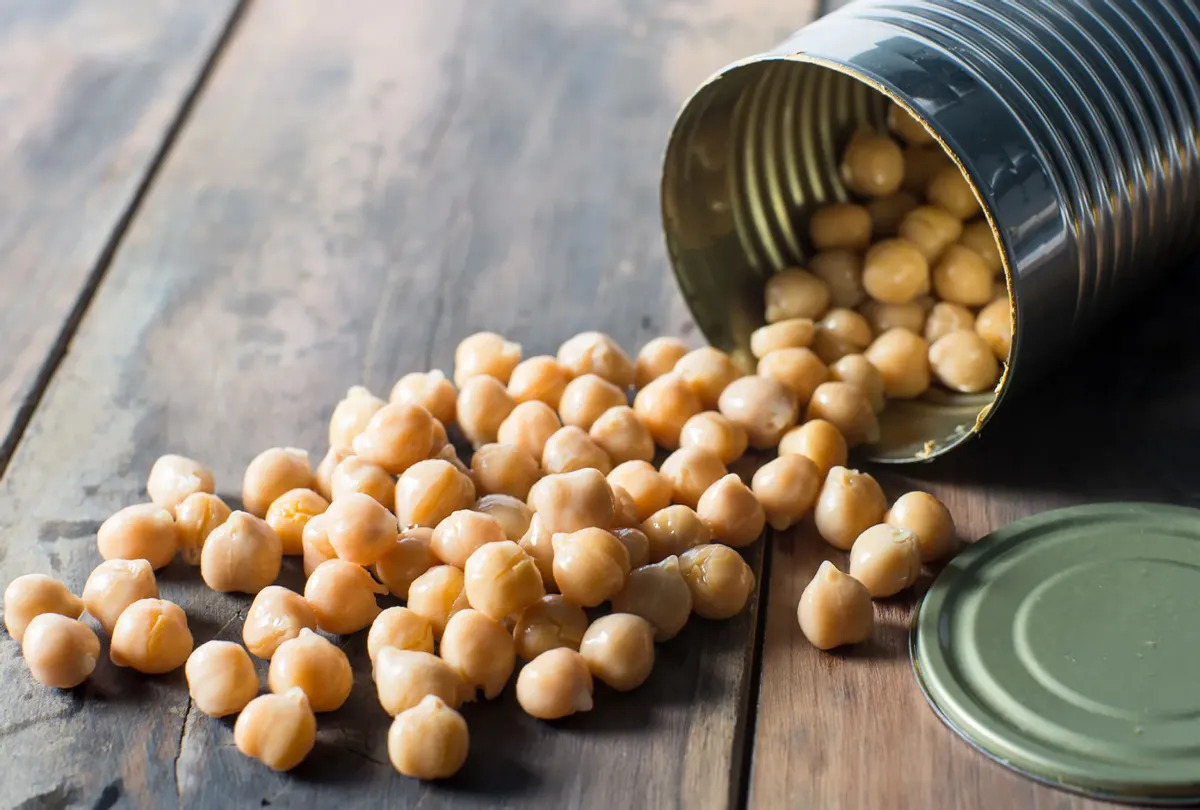
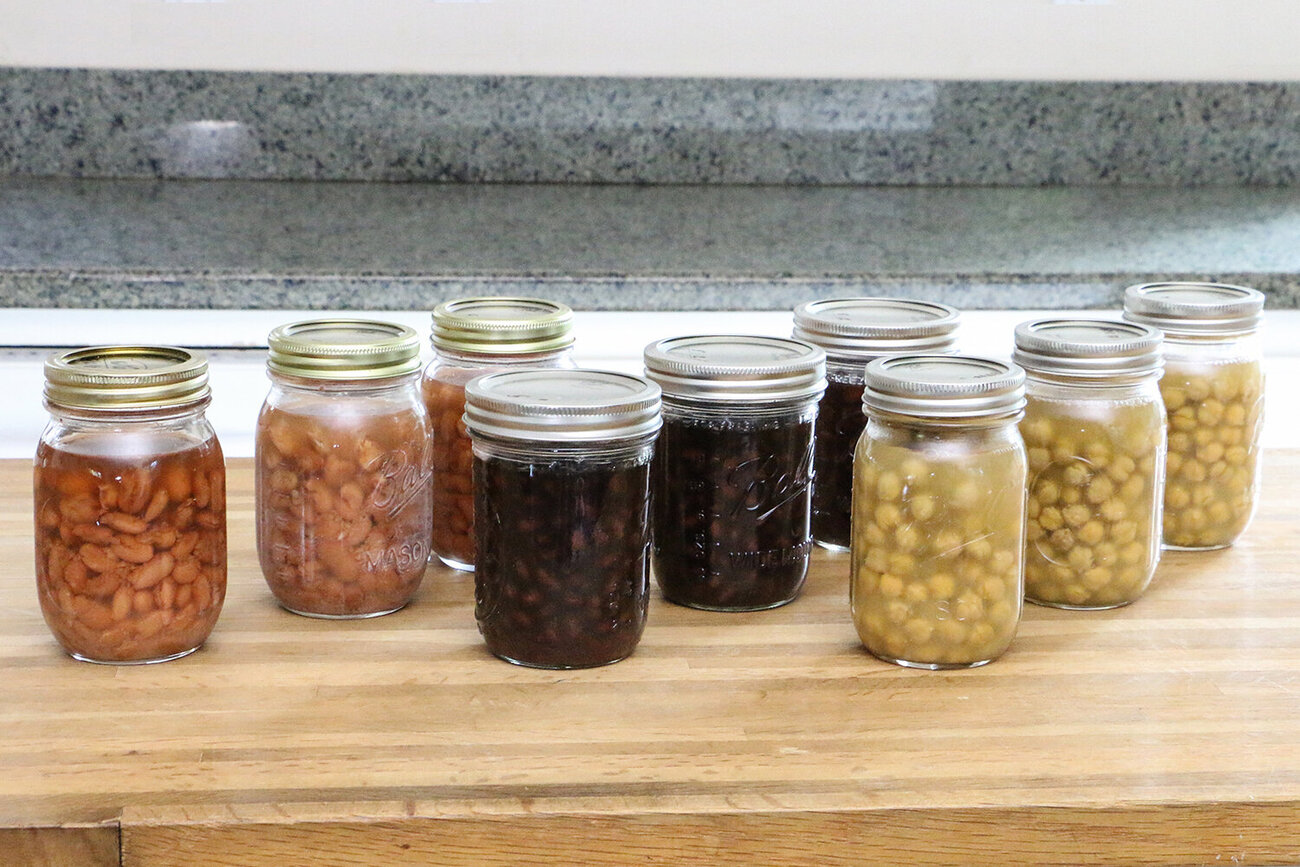
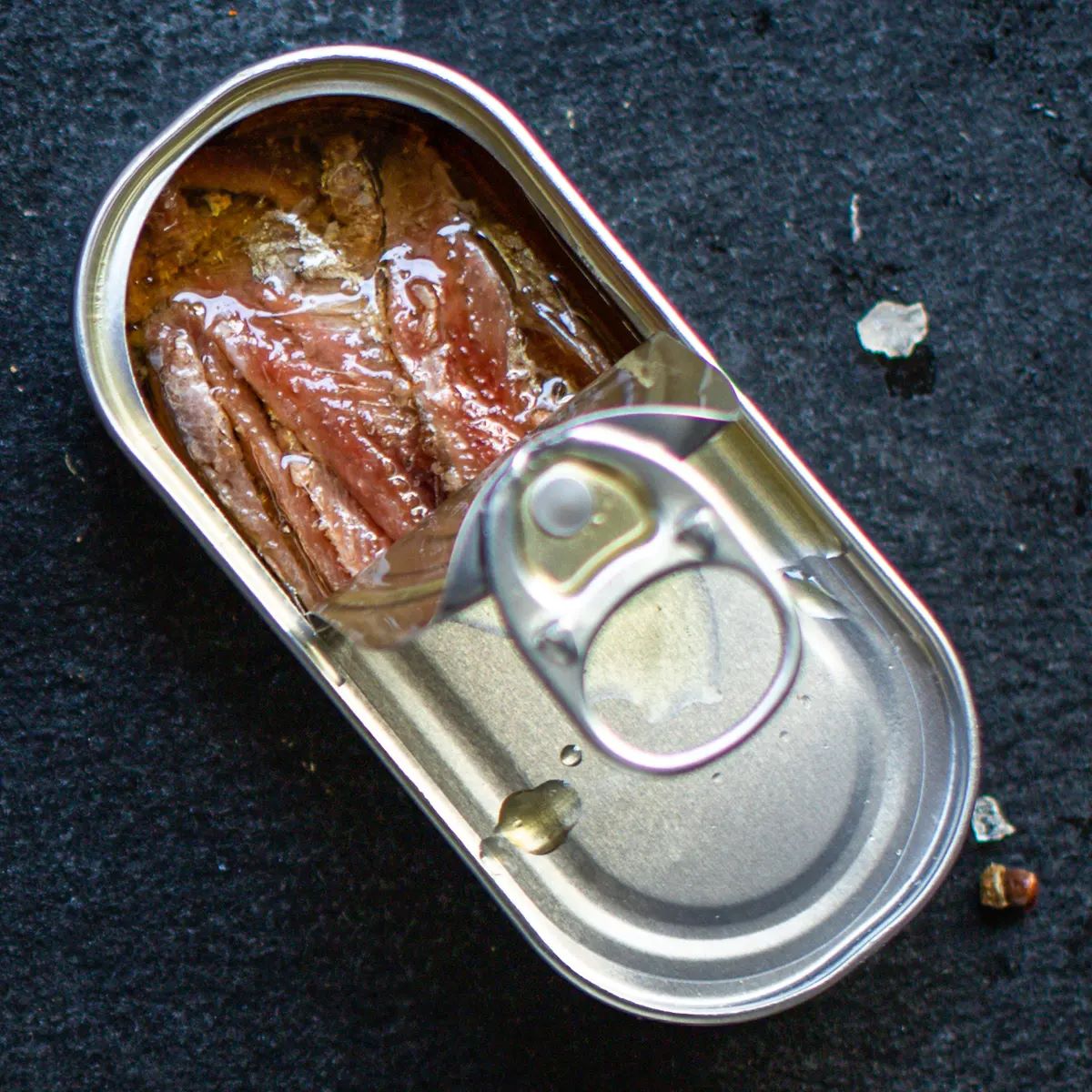
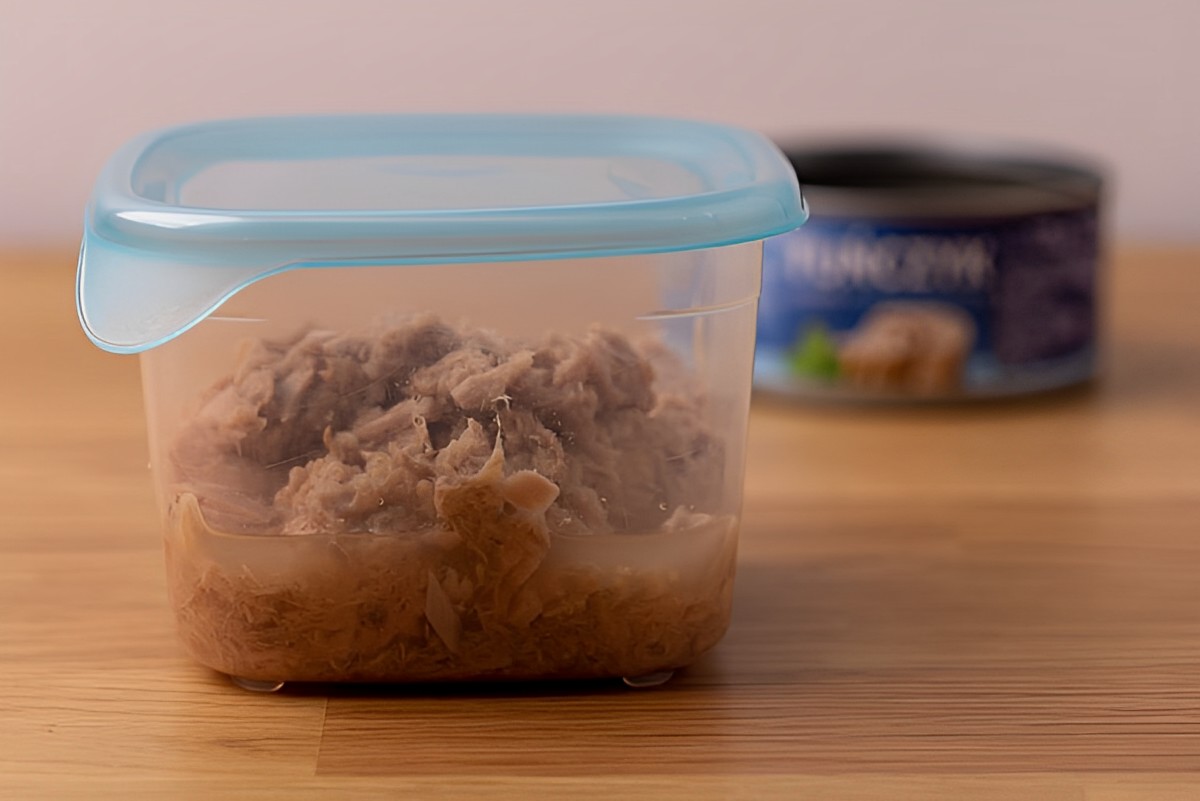

0 thoughts on “How To Store Home Canned Food”